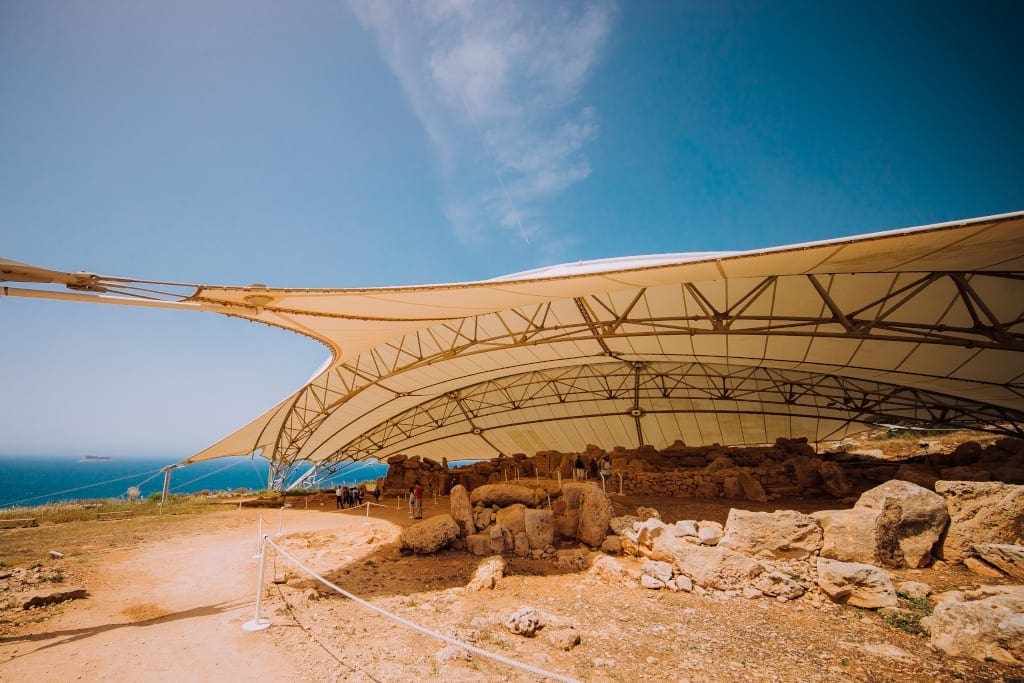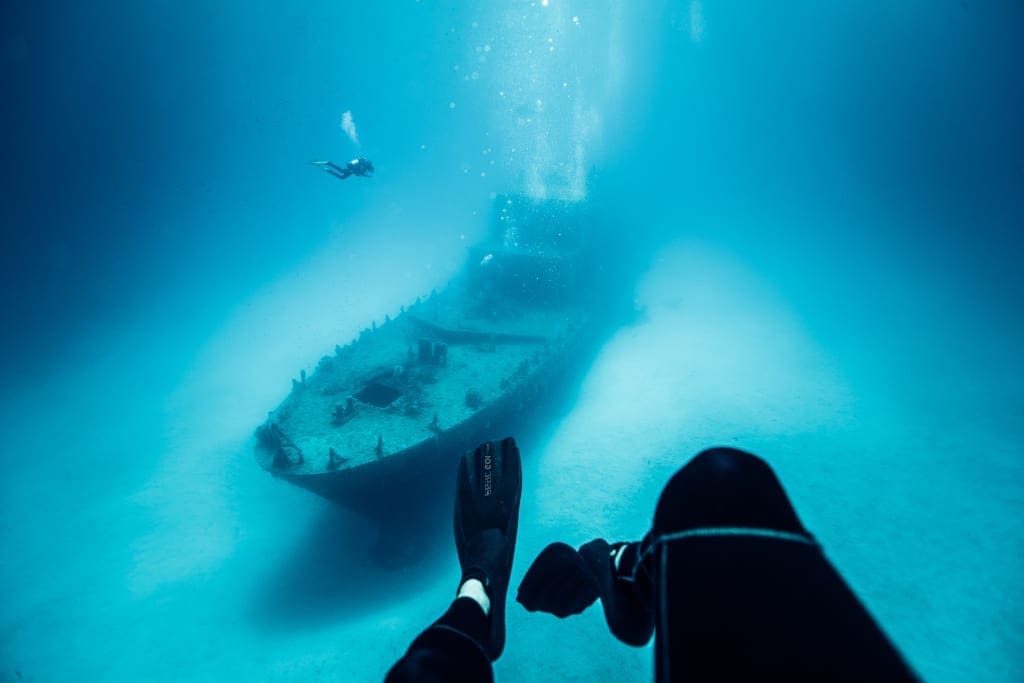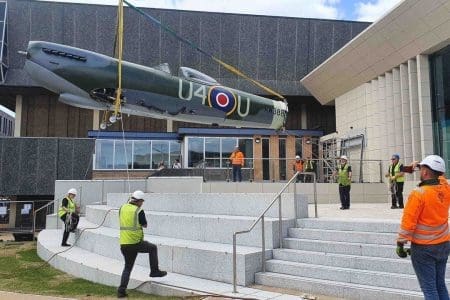Step back in time, with Malta’s Pre-History Trail, to see the vibrant past of the Mediterranean archipelago, which boasts a history that pre-dates the Egyptian pyramids by 1,000 years.
The Maltese Islands have a bounty of incredible historical gems that include temples, churches, statues and catacombs with remains dating back to 4,000 BC. Highlights include the magnificent Ggantija Temples on the island of Gozo, the eerie catacombs on the outskirts of the old Roman capital Mdina, and the educational archaeology museum in Malta’s capital, Valletta.
Pre-History Trail

The Pre-History Trail includes the following highlights.
- Ggantija Temples – These are the oldest free-standing structures in the world, predating the Egyptian Pyramids by 1,000 years.
- Kordin Temples, Paola – The Kordin Temples were inhabited by many settlers throughout the years, including the Phoenicians, Greeks and Romans. Kordin III is the only temple from the three Corradino temples still standing today.
- Saflieni Hypogeum, Paola – Discovered in 1902, the Hal Saflieni Hypogeum is an underground prehistoric burial site. The complex, made up of interconnecting rock chambers, was used for centuries and the earliest remains found date back to 4000 BC.
- Ta’ Bistra Catacombs, Mosta – Excavated in 1933, the Ta’ Bistra catacombs are the second largest set of catacombs in Malta. The site is 300 feet long and consists of 57 tombs laid out in 16 chambers.
- St. Paul’s Catacombs, Rabat – St. Paul’s Catacombs are the largest complex of interconnected, underground Roman cemeteries that were in use up to the 7th century AD in Malta. Located on the outskirts of the old Roman capital Mdina, St. Paul’s Catacombs represent the earliest and largest archaeological evidence of Christianity in Malta.
Virtually dive into underwater cultural heritage sites

The Virtual Museum – Underwater Malta website is now live. Visitors to the site will submerge themselves into Malta’s azure sea to discover archaeological sites such as sunken World War II aircrafts and a shipwreck dating back to the Phoenician period, previously only accessible to experienced divers. Using 3D models and virtual reality, the museum project features 10 underwater heritage sites with detailed descriptions and videos. Malta is one of the first countries to open its historical underwater sites virtually. The immersive experience provides an at home experience which celebrates the island’s credentials as Europe’s number one diving location and is a great resource for diving enthusiasts to plan their next trip to the archipelago.
Best Historical Locations in Malta
Parents can also explore Malta’s best historical locations with Malta’s recently launched Interactive Map, created in partnership with Love Holidays. The new map highlights Malta’s top historical locations, whiles also highlighting some of the archipelago’s most beautiful and culturally important locations. For more information on the new map, visit: https://www.loveholidays.com/holidays/best-cultural-locations-in-malta/
For more information on Malta, visit: www.maltauk.com



